By BloggerKhan
Posted in Ecommerce | Tags : e-commerce, ecommerce, generation, how to, magento, online store, sell more, seo, shopify, techniques, tips, traffic, woocommerce
Having an Ecommerce website un-optimized for search engines is like being closed for business. The products are there, but there is no way for a prospect to find your website and your products.
Whether you’re just getting started with a new website or improving an existing site, this article provides useful tactical suggestions for stepping up your SEO game. There’s no question that ranking higher than your competitors on Google and Bing is a must. But, what if you don’t know the SEO tips and tricks that will get your e-commerce site to the top? If you’re missing out on traffic, you’re missing out on sales.
No matter the size of your online store, having good search engine optimization is critical to your success. Brick-and-mortar stores can count on location to win over their customers, but online competition presents a much larger challenge. These tips can be used for any online store.
Improving eCommerce SEO starts with what content is offered on every single page of the store. Believe it or not, keywords are still important, relevant and your site has to be optimized. Let us help you out by highlighting some highly effective and simple tips that will increase your traffic and ultimately, your sales.
Tips to improve your Ecommerce SEO
1) Focus on Keywords
When it comes to optimizing product or shop pages of your ecommerce website, you should consider relevancy, search volume, and ranking difficulty.
Be careful to not choose keywords that are too broad or too competitive. If the match is too broad, you likely will end up with a high bounce rate and low conversion rate because of people clicking through to your site and not finding what they are looking for. Additionally, if you go after keywords with high competition, it will take a long time to achieve high rankings (if ever).
Use unique keywords. If possible try to make long-tail keywords.
2) Choose Title Tags wisely
As for where to place these keywords, let’s start from the top of a WordPress post, page, or product and the most important place to put your keywords — the title tag.
On SEO optimized product pages, the title tag or H1 tag of the page will be associated with the title of each page or post. It is important to include your entire long tail keyword in the title.
This is something that is important for every single site out there and it is a shame to notice that most of the site owners do not actually care much about it or do not know about this fact. The title that you add is usually the one that appears in search results. This is basically what the people looking for your products see. If you do not add keywords that are appropriate in this section, you are hurting your rankings and you do not even know it.
If you are using a WordPress ecommerce site, the YOAST SEO plugin is good to use which helps you to choose reliable title tags for each of your products in your e-Commerce site. ALL in ONE SEO is another useful plugin that can help.
In SEO optimized themes, the title tag or H1 tag of the page will be associated with the title of each page or post. It is important to include your entire long tail keyword in the title.
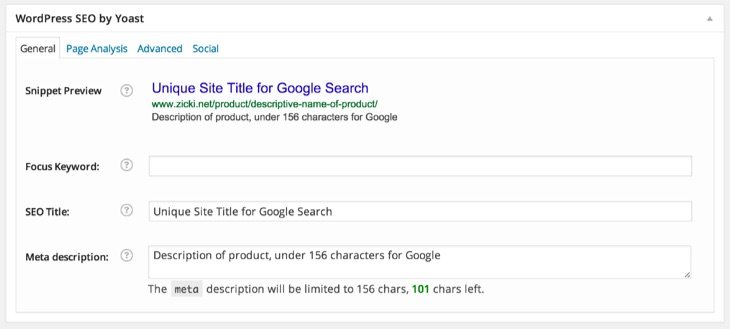
If you are selling “iPhone 6 Plus” on your eCommerce website, you will want to make sure that you include at least that text on your product’s title.
3) Optimize Each Image
Your images say a lot about your ecommerce website. The quality and the professionalism of the images are a must. Consider the search value of your images. Make sure the titles are descriptive and not a series of numbers, which often is the case with digital images from your DSLR or smartphone.
Keep your image titles as relevant to the product as possible, and don’t forget to use them in the ALT text of your images as well.
If possible put more images of the product including their feature parts.
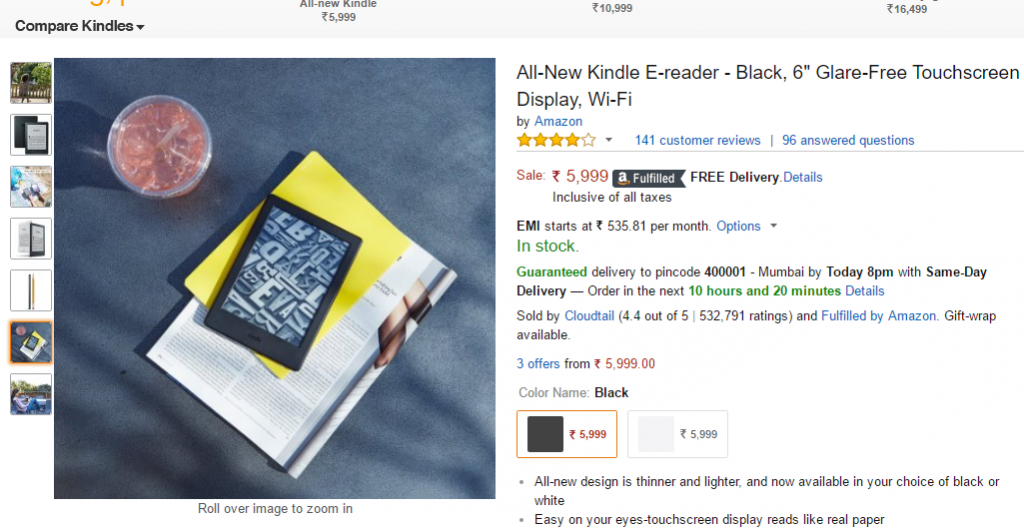
4) SEO Friendly Product Description
Below the title of the product is an area to write some information about your product.
This is where you want to basically add as much relevant information as possible. Do not confuse this with the short description, which is usually highlighted right at the top of a product page.
The product description is the content that appears at the top of the page. This is where you would display quick information about your product, including your keywords!
When you add descriptions for products, the long descriptions, it is important to properly feature focus keywords in various locations. Try to add it right in the very first sentence, especially if you do not want to manually update all SEO description tags in your chosen SEO plugin. Remember that you have to be sure that you always put time into the content that is added to product pages. That counts a lot and will have the highest impact on rankings.
If you are selling 30 different t-shirts, make sure that each t-shirt has the same bulleted items in the same place (material used, sizes offered, available colors, etc.). This allows people to weave through your site.

5) Add Blog to E-Commerce Store
Adding a blog to an eCommerce website is a good practice. Make sure you update it regularly.
Many online stores do not have a blog. This is a mistake. Adding a blog can bring in so many SEO advantages that you can profit from. If you have a lot of content outside what you sell, the possibility that content will appear in search engines grows.
By having a blog you can talk about your product and its features continually. You can indicate your product features, how they work, what your product is able to do and many more with many of the people. Which can help you convert normal site viewers to your customers.
The more content you have outside of your product offerings, the more chances you have to grab customer attention through Google search and once they are on your website, you can expose them to your products and services.
6) On-Page Optimization
While off-page search engine optimization (that is, link building) is important, on-page optimization is just as important. On-page optimization includes all of the actions you take within your own web pages to help your site rank better.
Think of on-page optimization as the low-hanging fruit in the SEO game. You can control this, which is great.
When it comes to on-page optimization, there are eight key targets you need to focus on:
Keyword Optimization
- Site Structure
- Internal Linking
- Usability
- Mobile Version of Website
- Customer Reviews
- Rich Snippets
- Social Media Integration
7) Mobile-Friendly eCommerce
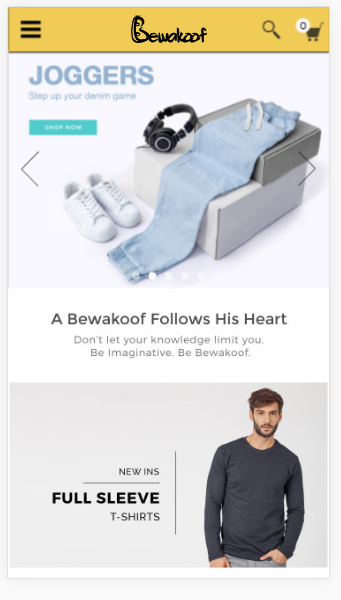
This should have been number one on the list, but it can be among the more time consuming options on the list, so we saved it for later.
More and more people are buying products on mobile devices, with many industries approaching an almost 100% increase in mobile sales last year (2015). Making sure your site is mobile ready and designed to convert sales is critical to the shopping experience going into 2015 and beyond.
Make sure that the WordPress theme is responsive and mobile ready.
8) Few More optimization Tips:
- Title tag
- Site permalink
- Main content or description
- Short product description
- Meta description
- Image “alt-text”
- Image captions
- WordPress and WooCommerce tags and categories.
Did this help? Have you experimented with some other items and found them useful? If so, please share them in the comments below.

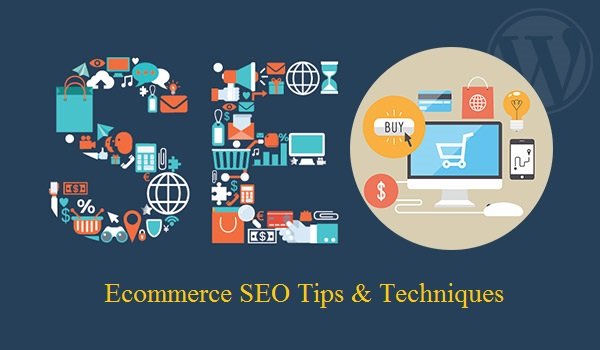
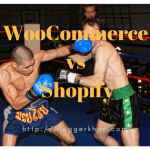


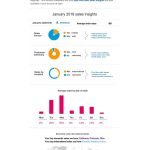
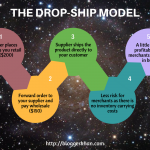
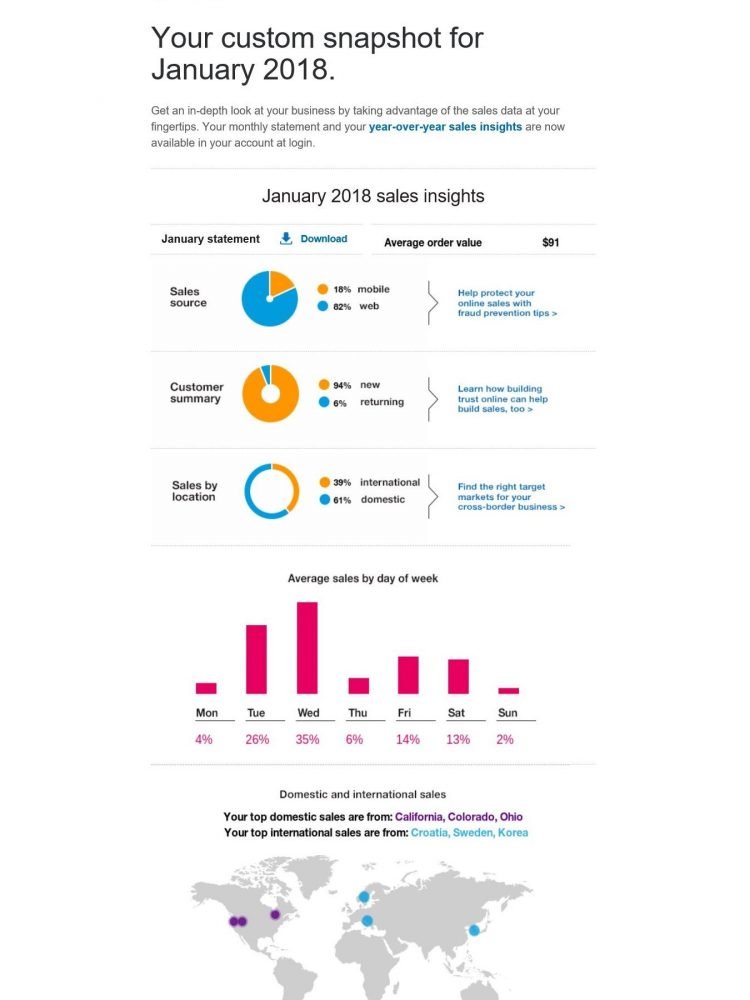
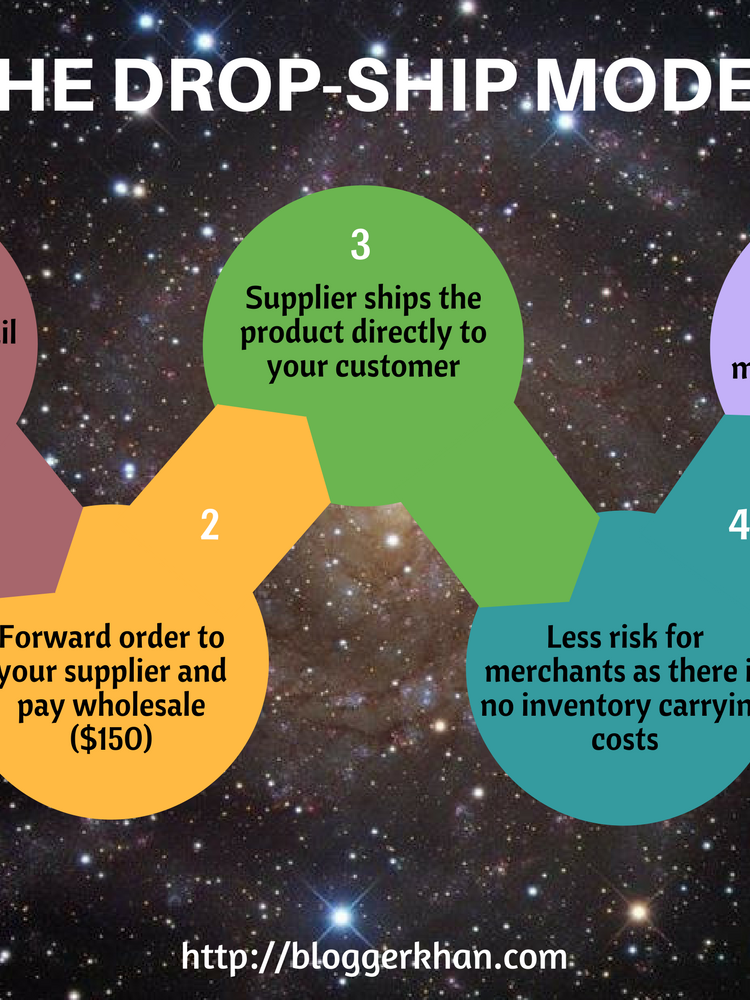
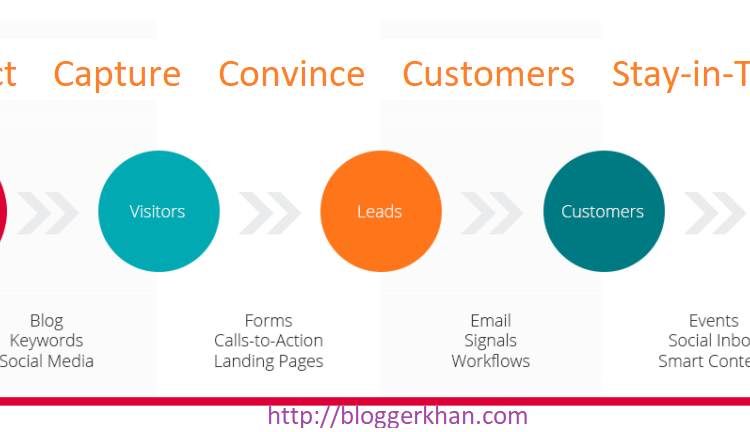
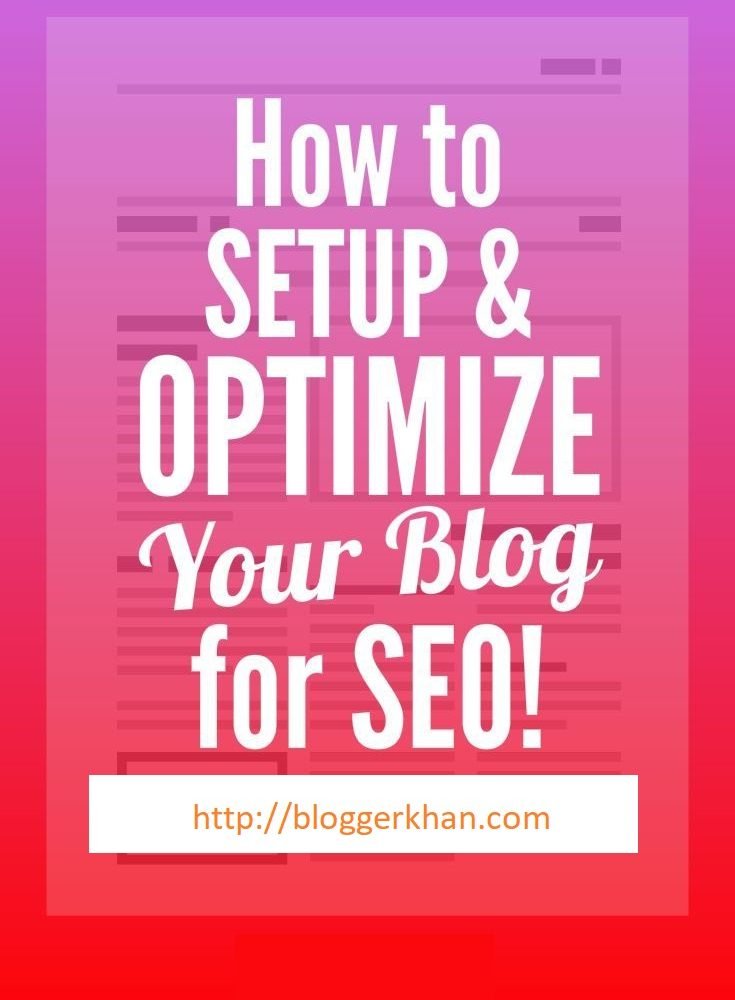

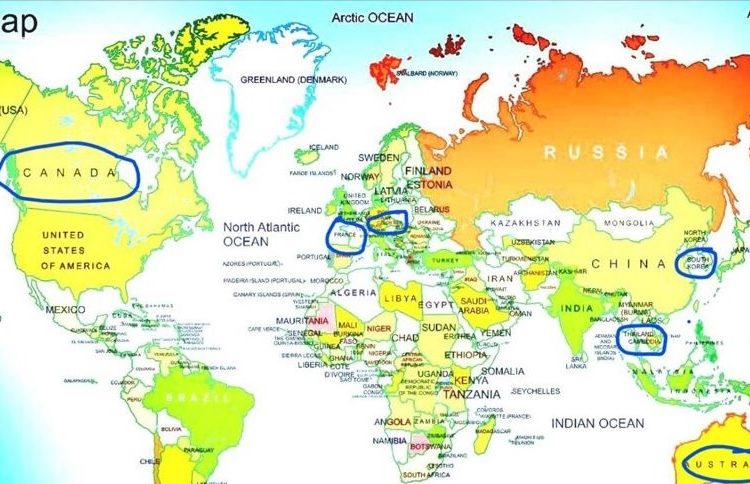

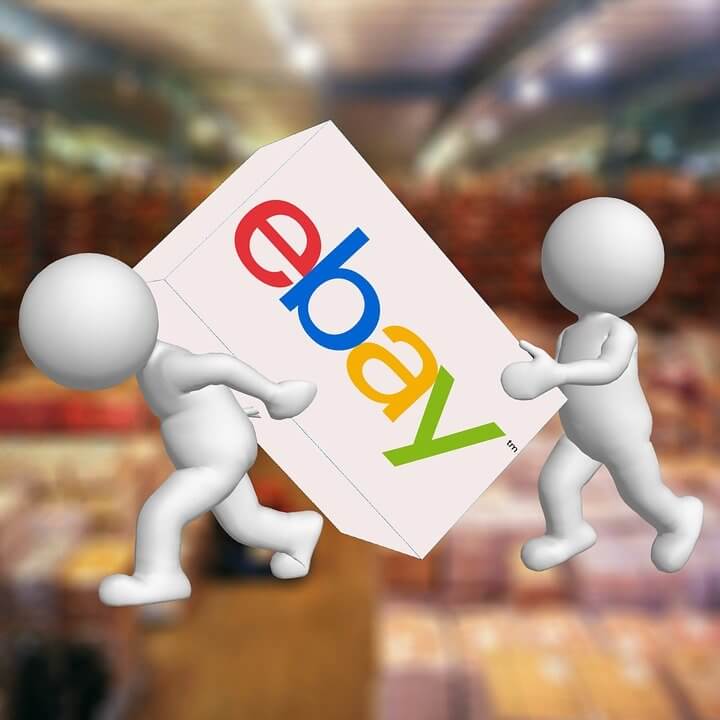
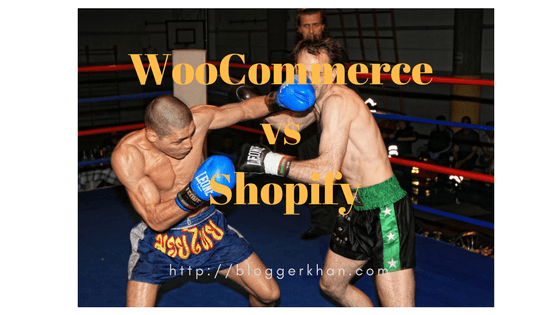


No comments yet.